The Place
Where It All Started
The Nyanfore and Nimley family originally came from Grandcess now part of Grand Kru County in the Southeastern part of Liberia. As the above pictures show, Grandcess is a coastal land facing the Atlantic Ocean. It has light brown pristine beach sands with coconut and palm trees. It is located on the West by "Picaninnycess", on the North by Barclayville and on the East by Garraway. Grandcess has a grassy landscape like a golf course and the main street extends from the municipality to the airfield. A secondary street or road intersects the main street and runs from Nimley Nah's compound down to the ocean, showing the sea waves and giving a spectacular view and scenery. Sited on the ocean, less than a mile from the shores is a big rock forming an island, which in the days of old, was said to be a sacred place where the leaders met during a crisis.
The street where Nimley Nah's residence is extends from the airfield to the Catholic mission. From his compound toward the ocean is another street, which is the commercial or market center of Grandcess. In the late 50s, the superintendent of Grandcess, Mr. Austin Nah, who suceeded Nimley Nah, resided on this street, and the bottom floor of his house was used as the public school.
The municipality, known as “civilized town”, was beautifully built with brick houses, fine streets and a cemetery with tombstones. President Edwin Barclay was impressed with Grandcess when he visited the land and the town of Kpliopo, later named Barclayville after the president. The new name was given in appreciation of Barclay’s role or his administration in bringing peace among warring groups of the Kplepo people. Upon his return to Monrovia, he addressed the Liberian legislature praising the beauty of Grandcess. In 1975, an Act was approved creating the City of Grandcess.
The municipality was the second town of Grandcess. Its creation perhaps was the result of the impact of the Methodist Church. It was administered under the authority of the central government while the Klonfue, the big town or the original town, was operated under the traditional administration and culture.
The Grandcess people may have migrated to the present location from the interior North and may not have been the original settlers of the place now called Grandcess. Sikleokpo or Siklay, as Grandcess and the people are called in the Kru language, means “left on the farm”. They may have migrated to the coastal land in the 1700s. An informant is said to have expressed that the name Siklay was derived from an old man who was left behind on the farm during migration.
In discussing migration, Ronald Davis, a researcher who has studied the Kru, is credited for writing that the Karbors were the original inhabitants of Grandcess and Picnicess. But the Karbors, another Kru group, were forced to leave the area for a new land located near the Sanquin River in the area now called Sinoe County. Many traditional historians are said to have agreed to Davis’ research account.
It was also stated that the Karbors traveled toward the Sanquin River with other Kru tribal groups, including the Niffu and the Nuons but they split leaving the groups behind during the migration. The Karbors are called the Sanquin people. Moreover, it looks that the Sikleo, the Gbeta, and the Jlao, before moving to the coast, lived with the Kplepo in the interior. The Kplepo remain in their present location, Barclayville, which is now the capital of Grand Kru County. They may have given the name Jlao to the inhabitants during residency, according to a source. Jlao means "asking or requesting for things" in Kru.
Grandcess was a major trading center on the coast. It became a part of the State of Maryland in Africa in Liberia in about 1850 during the governorship of John Brown Russwurm of Maryland. It officially became an extension of Maryland when the colony declared independent in 1854 from the US Maryland State Colonization Society, which sent Black ex-slaves to Liberia, founded and sponsored Maryland in Africa. When Maryland joined Liberia in 1857, Grandcess followed suit becoming a part of the Republic. But prior to 1850, it was an independent entity with its own political administration and an economy meanly of export commodities, importantly pepper.
Unfortunately, some Liberians, particularly some of grandcess roots, see the area from its present state and do not know of its past greatness. This could be due to the reality that the traditional history of most Liberian rural communities and people is not generally told, known, and appreciated. Hence the need to know our history is imperative.
Grandcess was a leading commercial area, even until the early 1900s. Portuguese explorers named it Grandcess, meaning big Kenja or basket for carrying Malagetta pepper, which was dearly sought in Europe for food spicing. During the Middle Ages, Grandcess was considered “the largest city on the Grain Coast with a population of 12, 000” and was also called the “Kingdom of Malagetta”, according to research.
Research further states that during this period before the establishment of the trade route from Europe to the East, the "grains of paradise were sought as the substitute for black peppercorns, an expensive import from the East. West Africa was much closer to Europe and was also important for trades in gold dust and ivory”. Trade in grains of paradise became an important and prosperous import to Europe, as the grains were used to spicy food in Europe and for spiced beers in Belgium. "Trade in grains grew so much that the coastline of Liberia became known as the Grain Coast”. Trade prospered in this commodity for many years until other trade routes were opened, sources indicate.
Grandcess exported other goods such as palm oil, rice, and ivory to Europe. Traders from Europe came to Grandcess and exchanged goods with the Grandcess people and with those inhabited in the neighboring areas. Like Grandcess, the Portuguese traders also named Picaninnycess, meaning little Kinja. The place is now called Picnicess, far from its original European name.
Grandcess was a major port for recruiting ship crew or seafarers. It was also an educational center due to the settlement of Methodist missionaries in 1889 and the establishment of a Catholic mission in 1916. The missionaries built churches and schools and educated Grandcess children. The Catholic Church, for instance, built Saint Mary School in Grandcess. Unlike the Methodist mission, the Catholic Church and school were structured near Klonfue. St. Mary School may have existed prior to the 1930s. James Burns Nyanfore, the youngest son of Prince Dagbayonoh Kiah Nyanfore, graduated from St. Mary in 1938 before traveling to Monrovia for high school, completing Monrovia College in 1943.
Plenyono Gbe Wolo, a famous Liberian born in Grandcess in 1883, may have received his early education in Grandcess. He came to Monrovia and completed a Methodist Seminary School, now College of West Africa, CWA. Wolo later came to America in 1910. He attended Mt. Hermon Academy, a private boarding school, in Massachusetts through the assistance of Didhwo Welleh Twe, popularly known in Liberia as D.D. Twe.
Wolo later graduated from Harvard University and Columbia University in the early 1900s. Wolo was the first African to graduate from Harvard University in 1917 and was one of the few Blacks who attended Harvard during that time. With his education and knowledge of several international languages, Wolo returned to Liberia and proudly rejoined his people, speaking his native language and translating English religious hymns into Kru, a mark, and personality which added to his uniqueness and greatness.
From the 1700s to 1917, Grandcess was ruled by kings. The elders from the various pantons or clans selected the kings. The leadership was rotational. The elders made up of the council, which made rules and decisions on critical matters. They acted as legislators. The Nyanfore and Nimley family is of the Niteor panton, which is an offspring of the Nyapo panton. The Nyapo panton was one of the eight original Grandcess pantons first settled on the land. Traditionally, in Grandcess, the land is owned by panton or clan, except the land by the river near Barclayville, according to Former Representative Nyudueh Morkonmana, a Grandcess native in an interview. This method of land ownership is similar to that of Ghana, where land is owned by the family. In other dakos or African tribes, however, the land is communal property.
The late Michael Koffi Nah, representing the Grandcess community in Monrovia at the family-hair cutting ceremony of the late Princess Martha Mlah Nyanfore, stated that the Dagbayonoh family is the largest or one of the largest families in Grandcess. The family extends to Picnicess with members including the McClains and the Mentees. They are directly related to Dagbayonoh, the matriarch of the family. The McClains and the Mentees involving the late Dr. Edward McClain and Mentee Brown respectively.
Nah presented a contribution on behalf of the community for the occasion, which commenced the traditional mourning of the death of the princess, daughter of James Nyanfore mentioned above. At the ceremony, Nah retold the Dagbayonoh Story purposely to inform the younger generation of their ancestors and of the traditional history of the Grandcess people.
Historically, while the king headed Grandcess, others who came from the various pantons assisted the king in administrating the government. The assistants held important positions. For instance, the bodio, the keeper of the holy place, was equally powerful as the dogbwo, head of the military during wartime. The late Dominique Nimley gave detailed information on Grandcess tradition and history in an interview given shortly before his death. His account was verified by library research. See video of Dominique Nimley at the end of the site.
In Grandcess, a king could rule up to eight years. The kings may have also been responsible for the economic development of Grandcess, as data indicate. Ronald Davis’ scholarly work on the Kru revealed that King Nyepan, who succeeded King Nyanfore, wrote a British shipping company requesting the firm to send ships to Grandcess for the employment of the residents. He signed the letter as “King Nyepan and his chiefs”. Nimley Nah, cited prior, headed the delegation, which presented the letter together with a gift from the Grandcess people. The London Times published the letter in 1915. The communication read in fact as followed:
Grandless (sic),
Liberia
April 23, 1915
Elder Dempster and Co.,
Sirs, -- We are very sorry to hear of the trouble that your ships are in. Therefore we sympathize with you. We earnestly beg you to remember us at any time. We know that Great Britain is in trouble, but Elder Dempster as nourishing us from time to time. Therefore we are sending 20 pounds to your aid. We want you to send your ships to us for passengers and ship's crew. We depend on you for everything, we want our boys to land at our port. We are sending two notable persons to you with the money T. J. McCrownsay and Nimley Nah to take care of them. Kindly send this two men back to Grandless. May the Lord bless you! We are your servant.
King Nyepan and his Chiefs
Know that the person, Nimley Nah (James Nimley), stated in the letter was a son of Nimley, King Nyanfore's brother. Nimley Nah may have been an advisor to the king. Moreover, it is interesting to know that the people of Grandcess gave aid as a symbolic gesture to Great Britain interest during World War 1. The king also told the recipient to take care of the representatives and to return them to Grandcess.
In 1917 the Liberian government completely abolished the rule of kings in Liberia. The government replaced them with paramount chiefs for the administration of the Liberian hinterlands. Father Thomas Hayden of the Society of African Mission had compiled a list of Grandcess kings and paramount chiefs. The document shows a long history of the traditional rule in Grandcess.
By abolishing the rule of kings, the government sought to gain greater control of the hinterlands or rural areas. Surely the paramount chiefs and later the county superintendents reported directly to the central government. The superintendents were and still are, appointed by the president. Perhaps as a trade-off, in the Arthur Barclay administration in early 1900, the government extended Liberian citizenship to the majority native people. Before that time they were not considered citizens of Liberia, though they were the original inhabitants and lords of the land.
World War II and its aftermath affected Grandcess economically. The area economy began to decline during and after that period, 1939-1945. Many of Grandcess foreign trading partners or investors were German traders and exporters. Liberia declared war on Germany in WWI & II and expelled German citizens and traders, many of whom were residing in Grandcess. This increased local unemployment and decreased economic activities. Further, many Liberian born children of German fathers were left with no financial support.
Wolo During his Graduation from Harvard
GET IN TOUCH WITH US

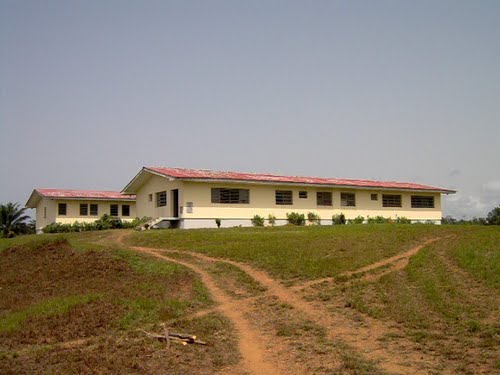

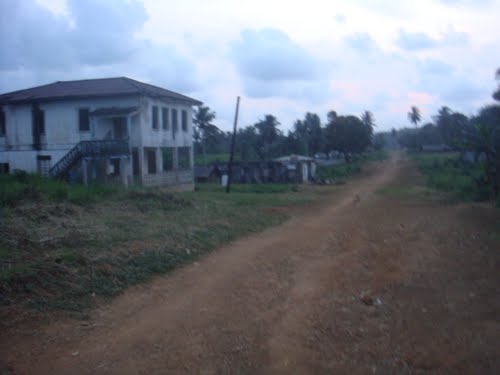
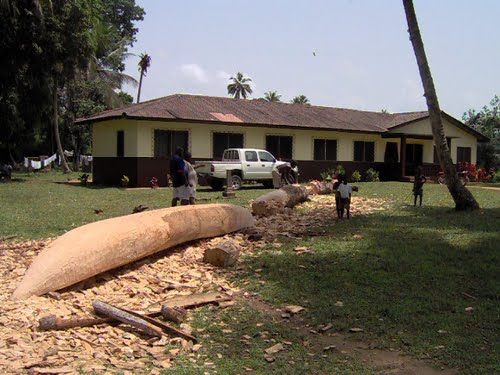
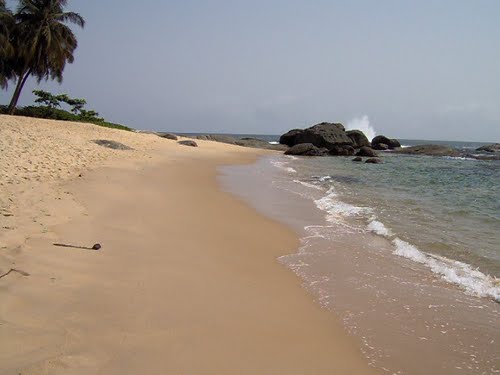
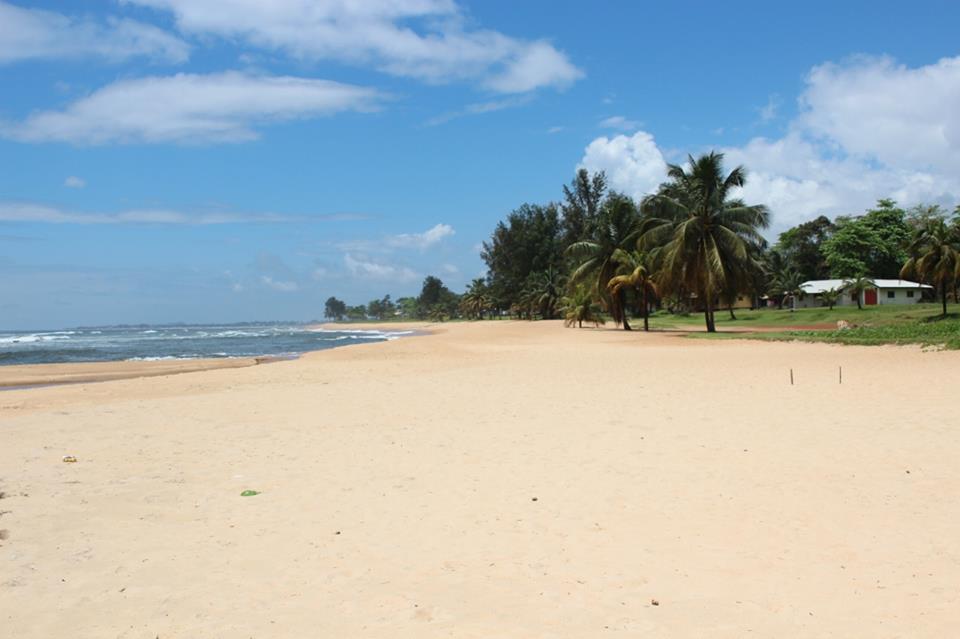
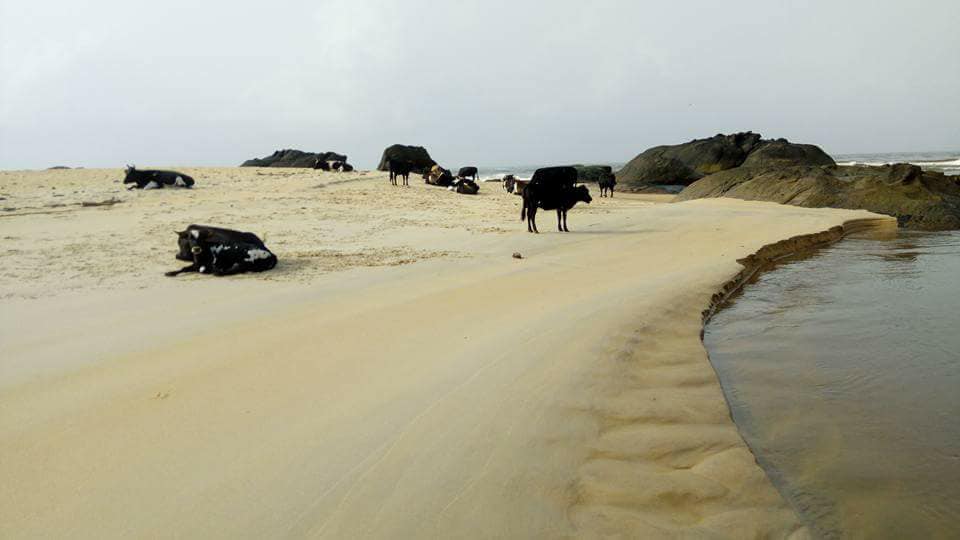


_Plenyono_Gbe_Wolo.jpg?etag=%2231ba0-5afd8447%22&sourceContentType=image%2Fjpeg&ignoreAspectRatio&resize=320%2B511&extract=0%2B0%2B320%2B342&quality=85)


